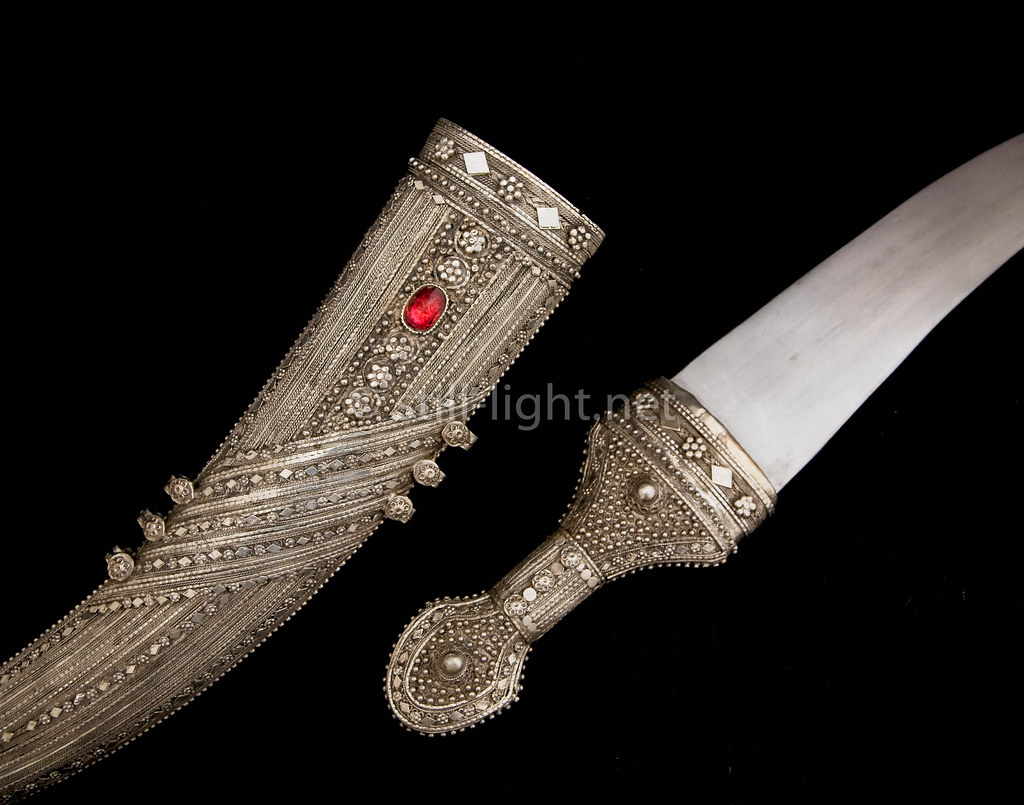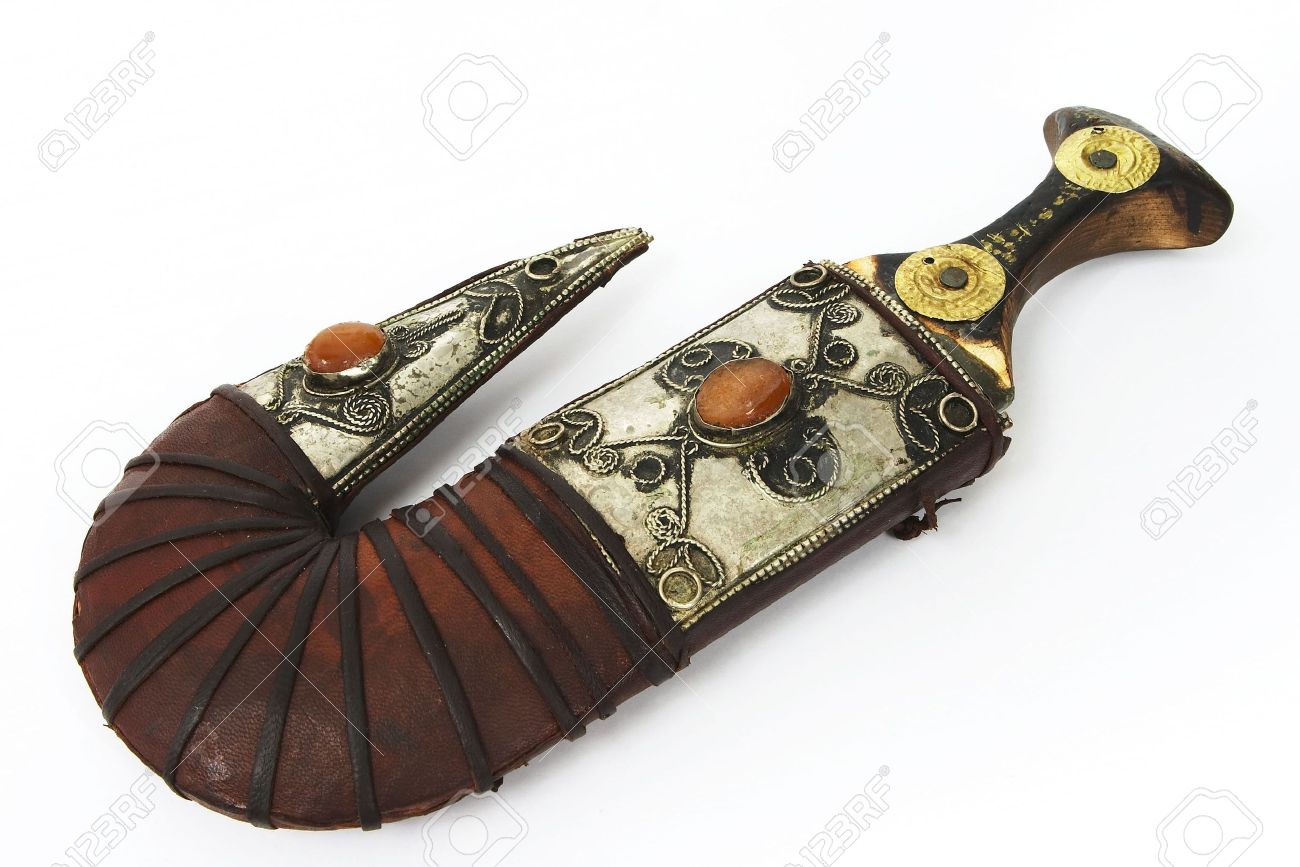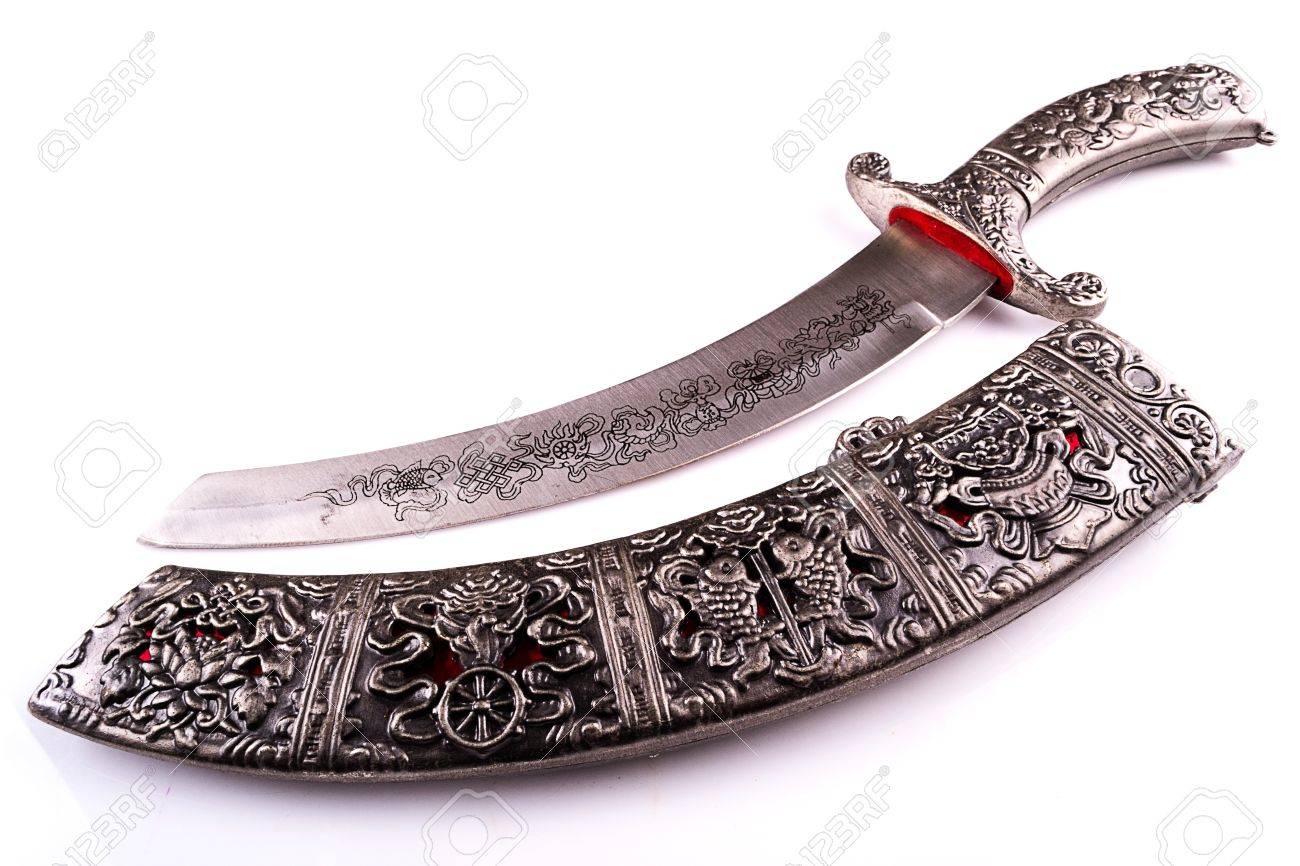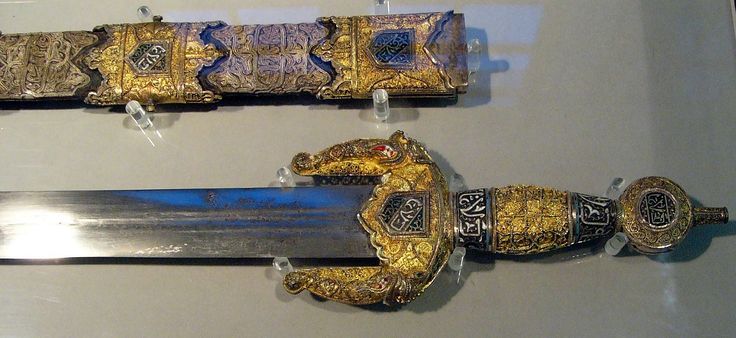http://tradearabia.com/news/IND_354227.html
The history of Saudi Arabian gold
May 5, 2017
Saudi Gazette report
Mahd Al Dahab
GOLD has been used for coinage, jewelry and adornments throughout recorded history.
Goldsmithery is one of the oldest trades that showcased man’s artistic creativity. It can be traced back to the time of the pharaohs of Egypt.
Requiring great skill and patience, today the Kingdom has goldsmithery institutes that teach the intricate technical and creative skills of the art, Al-Riyadh daily reports.
Gold is used in making jewelry and other ornaments. It is also commonly used in dentistry and electronics. One of the reasons gold is used in dentistry, especially as gold teeth, is because of its durability.
As a metal, gold is soft but durable, particularly if combined with another non-toxic metal. Gold teeth are usually strong and last long.
The use of gold in electronics is due to its excellent electrical conductivity and reliability. It is used in conductors, switches, connecting wires and many other electronic components.
First gold mine
Gold was first mined in Arabia approximately 3000 BC. A second period of activity was during the Islamic Abbasid period between 750 and 1258 AD.
Extraction of gold started in the Kingdom during the era of King Abdulaziz, particularly between 1939 and 1954, at Mahd Al-Dhahab after the deposit was rediscovered in 1932.
The city, about 380 kilometers northeast of in Madinah province in the western region of the country, is situated at 1060 meters above sea level. Mining is carried out by underground methods with a total tunnel development in excess of 60km and a metallurgical plant.
Translated as the Cradle of Gold, Mahd Al-Dhahab was the first gold mine in the modern Saudi Arabia. In 2007, Mahd Al-Dhahab mined and processed approximately 183,425 tons of ore at a grade of 11.1 grams per ton of gold from underground operations, resulting in gold production of approximately 58,256 ounces.
In addition, the mine also processes reclaimed tailings and produces copper and zinc concentrates for third party toll smelting.
The Saudi government established the Saudi Arabian Mining Company in 1997 as a joint stock company with a capital of SR4 billion to operate five mines across the country. The company has expanded its business operations to include the development of phosphate, aluminum and other precious minerals.
Karat is the unit used to measure how pure a piece of gold is and it is abbreviated as “kt or K”. Usually, 24K gold is very expensive as it contains pure gold while 22K gold implies that 22 parts of the jewelry is gold and the remaining two parts are some other metal like silver, nickel, zinc and other alloys. The same thing applies to 18K gold, which consists of 18 parts of pure gold.
It is common for Saudi men to give their future wives dowry in gold. When a man proposes to a woman and when her parents and she accept, the man buys gold jewelry and presents it to his fiancée.
Gold remains the preferred gift for Saudi women even after marriage, especially during birthday parties, pregnancy parties and wedding anniversaries.
The Technical and Vocational Training Corporation (TVTC) offers diplomas in goldsmithery because the labor market is in dire need for goldsmiths, both men and women. The TVTC diploma program focuses on women because they are more likely than men to consider a life-long career in the field.
http://saudigazette.com.sa/saudi-arabia/history-saudi-gold/
Gold mines and gold used for jewelry occurred in Arabia almost simultaneously to events in neighboring Egypt.
The oldest known map of a gold mine was drawn in the 19th Dynasty of Ancient Egypt (1320–1200 BCE), whereas the first written reference to gold was recorded in the 12th Dynasty around 1900 BCE.
[86] Egyptian hieroglyphs from as early as 2600 BC describe gold, which King
Tushratta of the
Mitanni claimed was "more plentiful than dirt" in Egypt.
[87] Egypt and especially
Nubiahad the resources to make them major gold-producing areas for much of history. One of the earliest known maps, known as the
Turin Papyrus Map, shows the plan of a
gold mine in Nubia together with indications of the local
geology. The primitive working methods are described by both
Strabo and
Diodorus Siculus, and included
fire-setting. Large mines were also present across the
Red Sea in what is now
Saudi Arabia.
The largest ancient gold mine in the Middle East is also located in Saudi Arabia (Hijaz). It is called Madh Al-Dhabab and it is known as the "cradle of gold".
There is a possibility that the
Cradle of Gold is mentioned in the
Biblical story of the
Garden of Eden in
The Book of Genesis. -
"And a river went out of Eden to water the garden; and from thence it was parted, and became into four heads. The name of the first is Pishon: that is it which compasseth the whole land of Havilah, where there is gold; And the gold of that land is good: there is bdellium and the onyx stone." Research by archaeologists
Juris Zarins of
Missouri State University and
Farouk El-Baz of
Boston University indicates that the
Pishon River may be the now dried up river bed that once flowed 600 miles north east from the Mahd adh-Dhahab area of the Hejaz c. 3000 BC.
[1]
The site has also been identified with "
King Solomon's Gold Mine."
[2] Geologists have found a vast abandoned gold mine. Among their finds are huge quantities of waste rock, an estimated million tons, left by the ancient miners, still containing traces of gold. Thousands of stone hammers and grindstones used to extract the gold from the ore litter the mine slopes. Robert W. Luce said: "Our investigations have now confirmed that the old mine could have been as rich as described in biblical accounts."
Gold jewelry is also used as part of traditional clothing (attire) for women in every single historical region of KSA and Arabia. Look no further than my current avatar either. Saudi Arabian/Arabian women also used to wear the most gold as part of their traditional attire in the entire Arab world and probably/most likely the Middle East as well.



Bedouin jewelry.
 14 photos that show how diverse Saudi Arabian fashion is
14 photos that show how diverse Saudi Arabian fashion is
This collection of historical jewellery shows the many looks, international influences and materials of the accessories women wore on the Arabian Peninsula in the 20th century
The exhibition Hidden Treasures is on at D3 until April 13. The Saudi jewellery exhibition features multiple busts showing early 20th-century style from the Arabian Peninsula. This is the kind of headpiece traditionally worn in the central region in Najd. Leslie Pableo / The National
A new exhibition at Dubai Design District showcases the diversity of regional jewellery and accessories from across the Kingdom of Saudi Arabia.
Hidden Treasures: Jewellery from the Kingdom of Saudi Arabia is on show as part of the
L'Ecole Van Cleef & Arpels until April 13, and the two-level exhibition showcases a variety of pieces from a period of about 100 years.
In many ways, the exhibition highlights the styles of the entire Arabian Peninsula, explains curator Pramod Kumar KG. "The modern day borders of the Arab world are new, and so this exhibition really shows the jewellery art of the Jazeera al Arabiya [the Arabian Peninsula].
Scroll through the gallery above to learn more about which specific regions the looks come from.
READ MORE•
Saudi culture changes: new artist visas, a national theatre and more festivals
"We went to all of the different regions of the Kingdom, and we've taken headpieces, necklaces, earrings, bracelets, waist belts," he adds. "And the moment you go upstairs, you see how they might have been worn as a set. So that allows people to see how these jewels were worn by actual people."
Some of the pieces on show would have been worn by the 'middle class', while others are clearly from royalty. "We wanted to show that the same designs were worn by different communities," Kumar explains, "but the choice of material would be different. So, if a commoner would use lower grade silver, the royal would probably use gold, but the design details would more or less remain the same.
"There's also a difference in the jewellery worn in urban areas, and that worn in rural areas. This exhibition shows you all aspects of bedouin jewellery: that worn by traders, merchants and the nomadic people."
Bangles and anklets on display at the Hidden Treasures exhibition. Leslie Pableo / The National
In regards to royalty, there is also a small group of diamond pieces from the collection of King Abdul Aziz 'Ibn Saud', the founder of Saudi Arabia, who ruled from 1932 to 1953. These rings, earrings and brooches were all worn by his immediate family.
Updated: April 3, 2019 11:18 AM
https://www.thenational.ae/lifestyl...how-diverse-saudi-arabian-fashion-is-1.844522
















































